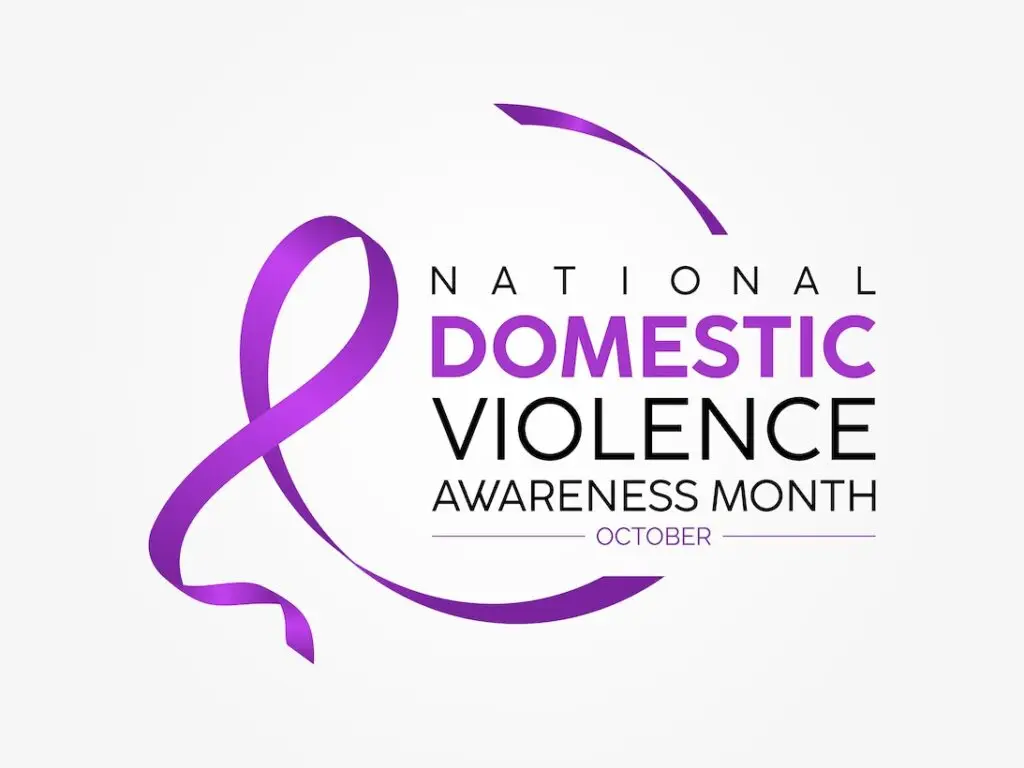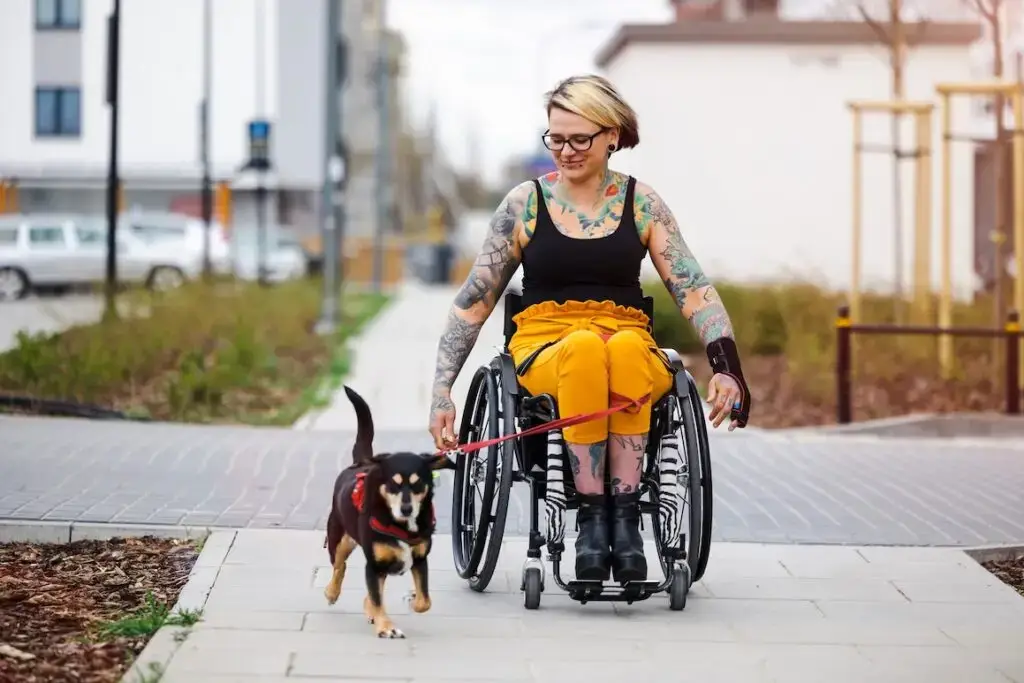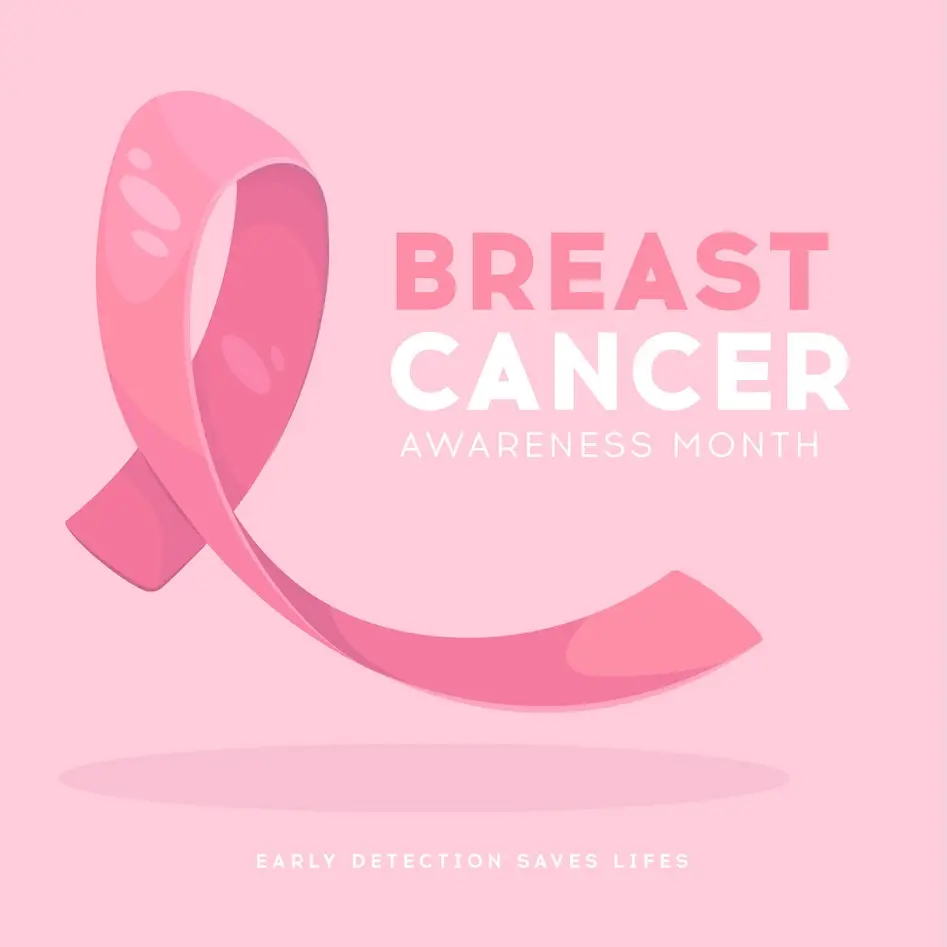According to domesticviolence.org, about 10 million people become victims of domestic violence every year, which equals ~20 people every minute. Domestic violence (DV) assaults usually target the head, neck, and face, increasing the risk of brain injury.

The true prevalence of domestic violence leading to brain injury is unknown, but research has found between 35% and 100% of survivors report injuries to the head, face, or neck (including attempted strangulation). Studies have suggested anywhere from 50% to 96% of women who experience DV injury have a diagnosed or inferred history of TBI; that could mean 23 million women are living with DV-related brain injury in the United States alone.
- Since 2020, the Brain Injury Association of Virginia (BIAV) has worked with the Virginia Department of Health’s (VDH) Office of Injury and Violence Prevention on the “Screen and Intervene” project to investigate and address the intersection between brain injury and DV. People who are receiving services at a few DV programs across the state are being screened for brain injury. With more than 650 screenings conducted over 2 years, 700 screenings completed at 10 DV agencies across the state of Virginia, they found
- 75% of persons screened reported being hit, choked, or strangled; of those, 58% reported feeling dazed or confused, 44% blacked out and 50% sought medical help.
- 49% screened positive for brain injury.
- 35% were referred to a brain injury-trained professional to address their lingering issues.
If you are looking for resources for someone who’s been affected by a brain injury caused by domestic violence, you can find lots of good information at www.biav.net.
Effects of Multiple Brain Injuries on Concussion Symptom Severity
Many women who experience domestic violence are subjected to repetitive brain injuries over their lifetime, but there’s been little research looking at the cumulative effects of multiple brain injuries on concussion symptom severity.

The Journal of Neurotrauma recently published the results of a study, Repetitive Head Injury and Cognitive, Physical, and Emotional Symptoms in Women Survivors of Intimate Partner Violence. [1] A team of researchers examined how the number of lifetime brain injuries and episodes of loss of consciousness (LOC) were related to cognitive, physical, and emotional symptoms among women who had experienced domestic violence.
Interviews were conducted with women who had taken out a protective order against an intimate partner; 268 reported no brain injury and 250 women reported at least one because of the violence in the relationship.
Physical symptoms were independently related to the number of brain injuries and episodes of LOC. A more severe injury history was related to worse physical symptoms (e.g., headaches, dizziness, sleep problems), whereas cognitive and emotional symptoms were attributed to cumulative trauma due to assault by a domestic partner.
If you have a client with a brain injury, the staff expertise and jury strategies of Cantor Grana Buckner and Bucci can strengthen your case and help obtain justice. Call us.
Spinal Cord Injury in Women
In a recent article on the sex and gender gap in spinal cord injury research called attention to the underrepresentation of females in the work. Specifically, the authors evaluated evidence relative to cardiovascular health and found only 9 of 15 research articles included any meaningful information on sex, and several studies purposely excluded women.

In a review of the influence of the neurological level of SCI on blood pressure, 78 % of studies reported the sex of study participants; among those studies, males accounted for 91 % of the study population. In an extensive review on the effects of exercise on fitness, cardiometabolic health, and bone metabolism, the evidence for different outcomes were primarily based on information from young and middle-aged men.
Men have a higher risk of cardiovascular disease than women in general, but women’s cardiovascular risk changes across their lifespan. These changes can impact cholesterol, blood sugar and blood pressure regulation, and women with SCI may reach menopause earlier in comparison to women without SCI. [2]
Spinal cord injury (SCI) occurs predominantly in males (80 % of cases), and that makes research on women far more difficult. However, women made up on one-eighth to one-quarter of study participants, despite making up 20% of the SCI population, so they should not be invisible.
If you have sustained a spinal cord injury because of another person’s actions, it’s important to understand your legal rights; the experienced personal injury lawyers with Cantor Grana Buckner Bucci can help you understand your options for compensation.
October is also Breast Cancer Awareness Month

Breast Cancer Awareness Month began in 1985 as a partnership between the American Cancer Society and Imperial Chemical Industries, the makers of Tamoxifen. Betty Ford, the wife of Gerald Ford helped kick off the event, as she was herself a survivor of breast cancer; her husband’s position as President of the United State brought attention to the disease. The campaign started as a week-long event but has grown into to a month-long campaign to educate women about breast cancer and early detection tests and promote mammograms as a crucial tool in the fight against breast cancer.
In 2024: [3]
- The 5-year relative survival rate in the U.S. for all types and stages of breast cancer combined is 91%, but an estimated 42,250 women will die from breast cancer in the U.S. in 2024.
- Half of U.S. women who develop breast cancer are 62 years of age or younger when they are diagnosed; those under age 35 at the time of their original breast cancer diagnosis face a higher risk of breast cancer recurrence.
- 1 in 5 Black women with breast cancer are diagnosed with triple-negative breast cancer, which is harder to treat; this is higher than any other racial or ethnic group.
- Breast cancer is the leading cause of cancer death for Hispanic women, while Asian and Pacific Islander women have the lowest. American Indian and Alaska Native women have the lowest incidence rate of developing breast cancer, and Chinese and Japanese women have the highest breast cancer survival rates.
Women’s Health at Trial
Suits involving breast cancer are the most common cancer-related claim, and more than 90 percent of these cases allege a delay, failure to diagnose, or a diagnostic error.

Medical malpractice cases related to breast cancer can include misdiagnosis – such as the misreading of a mammogram or ultrasound, or a missed diagnosis – the spot is ignored because the woman is pregnant, lactating or elderly.
To win a breast cancer misdiagnosis case, a patient and her lawyer must prove the medical error occurred, and the patient would have had a better outcome had the error not happened.
In a study of cancer malpractice litigation, a delay in diagnosis was cited as a reason for a negligence claim in 82% of cases, with the largest percentage related to breast cancer.[4] Most (61%) breast cancer medical malpractice lawsuits are claims of misdiagnosis, and juries have found malpractice in a wide range of misdiagnosis cases, including [5]
- Perform or analyze a diagnostic mammogram
- Inform a patient of mammogram results
- Perform or interpret an ultrasound
- Perform or analyze a breast biopsy
- Inform the patient of the results of a biopsy
- Evaluate a breast lump correctly
- Communicate with patient’s other doctors to make sure cancer treatment needs are met
- Properly monitor a breast tissue abnormality that is currently benign
Stephanie Grana, one of the firm’s Partners has tried and won breast cancer malpractice cases. She strongly urged women to advocate for 3D mammography for every screening appointment; it is the gold standard. She said if you do find yourself facing breast cancer, she strongly suggests asking for a copy of the pathology, mammography and operative reports for yourself. Her most important piece of advice is to get a second opinion, and her best advice is, if you feel something, no matter what, be the squeaky wheel and keep calling until you get in to see your doctor.
[1] Karr JE, Leong SE, Ingram EO, Logan TK. Repetitive Head Injury and Cognitive, Physical, and Emotional Symptoms in Women Survivors of Intimate Partner Violence. J Neurotrauma. 2024 Feb;41(3-4):486-498. doi: 10.1089/neu.2023.0358. Epub 2023 Oct 31
[2]https://www.sciencedirect.com/sexinspinalcordresearch.
[3] https://www.nationalbreastcancer.org/breast-cancer-facts/
[4] Lee MV, Konstantinoff K, Gegios A, Miles K, Appleton C, Hui D. Breast cancer malpractice litigation: A 10-year analysis and update in trends. Clin Imaging. 2020 Mar;60(1):26-32. doi: 10.1016/j.clinimag.2019.12.001. Epub 2019 Dec 11. PMID: 31864196.
[5] Kern KA. Medicolegal Analysis of the Delayed Diagnosis of Cancer in 338 Cases in the United States. Arch Surg. 1994;129(4):397–404. doi:10.1001/archsurg.1994.01420280073009



